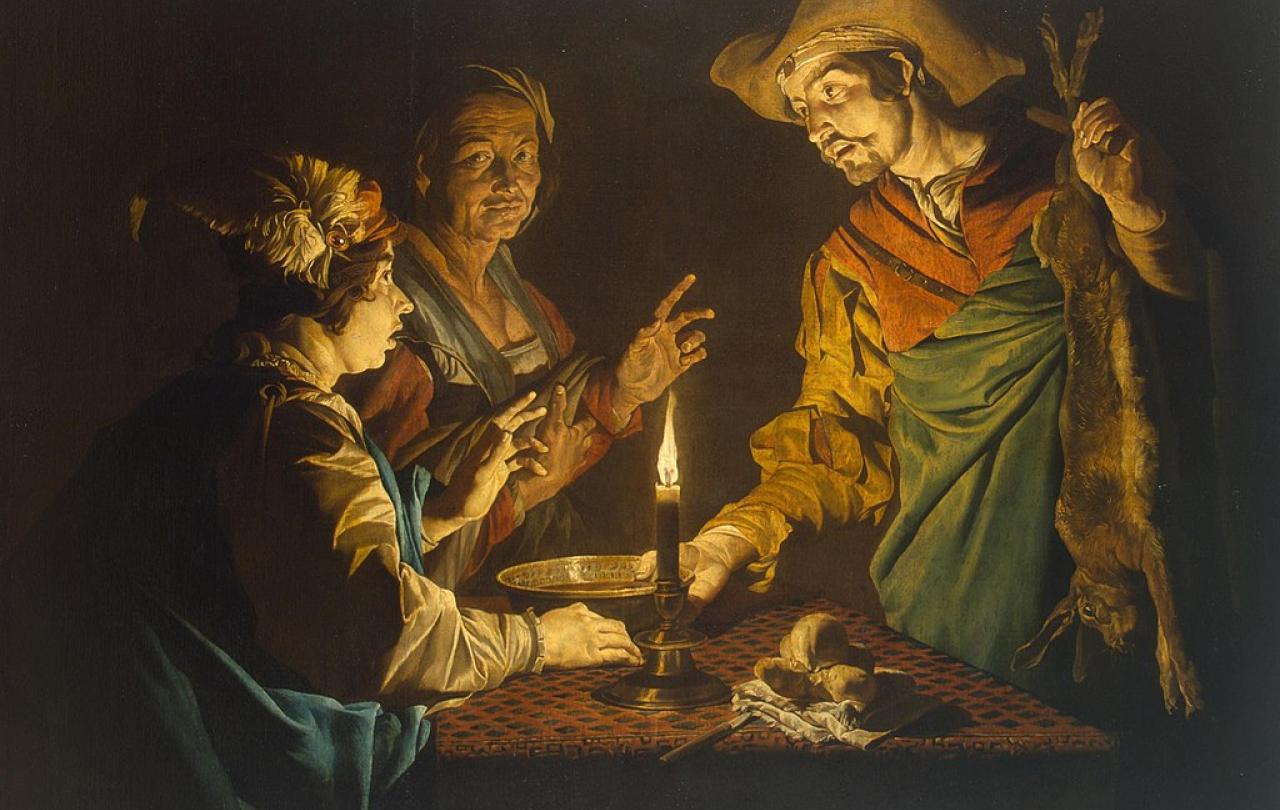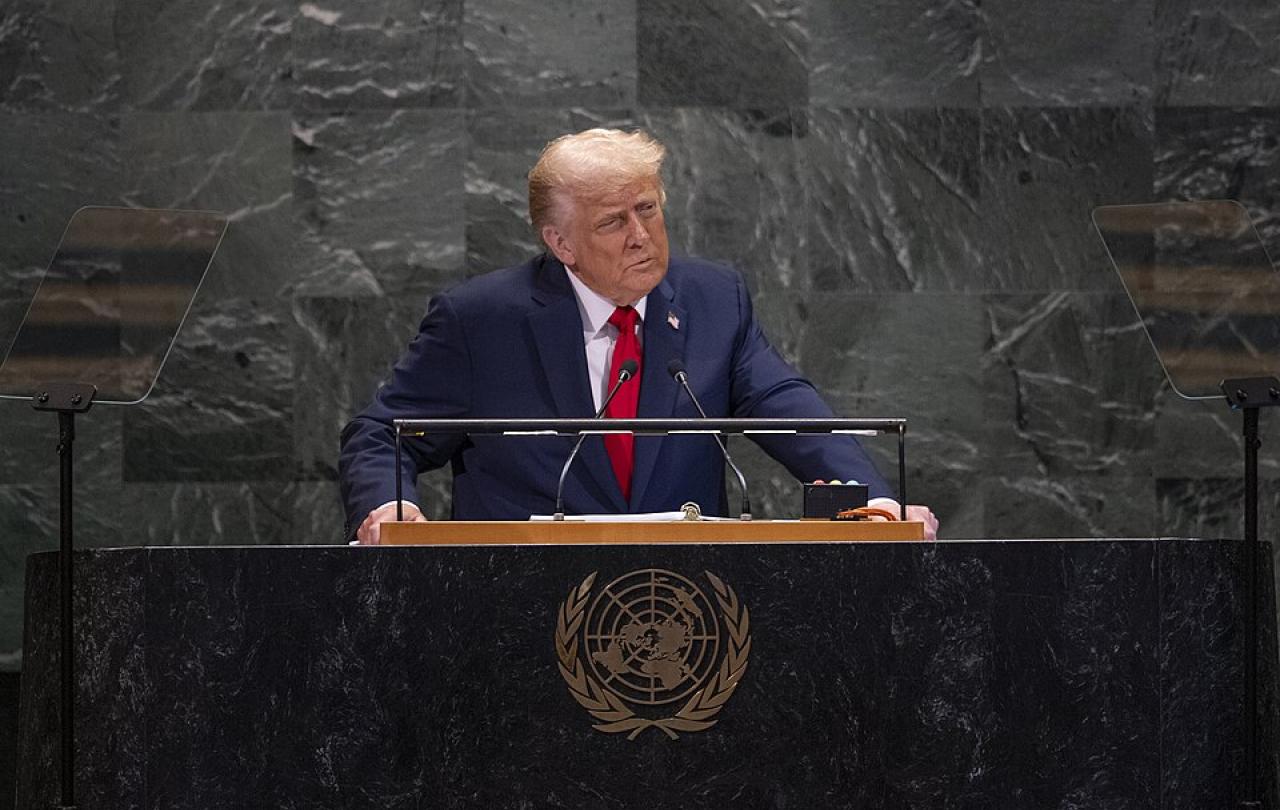It’s been 80 years since the United Nations was founded, at the end of the Second World War, primarily in an attempt to avoid a third global conflict.
So on that score, at least, I suppose one must accept that the UN has achieved its primary objective. But why, then, does the overall feeling towards the organisation today seem negative?
The UN’s founding charter outlined three other major goals alongside maintaining “international peace and security”: developing “friendly relations” among nations; international cooperation in solving economic, social, cultural or humanitarian problems; and respect for human rights and fundamental freedoms, “without distinction as to race, sex, language or religion”.
Given that the UN is comprised of 193 countries, it is perhaps little wonder that “friendly relations” and “cooperation” between all sides have not always been forthcoming, and that instead clear cliques have formed between Western countries on the one hand, and much of the rest of the world on the other. (Perhaps the clearest such clique at the moment is the 2021-founded “Group of Friends in Defence of the UN Charter”, the identities of whose members - China, North Korea, Iran, Russia, Venezuela, et al - may lead one to wonder what exactly it is in the UN charter they wish to defend. Short answer: “sovereignty”, code for doing whatever they wish, without interference.)
As for the pursuit of “human rights” - my primary focus as an employee of an NGO - perhaps the greatest obstacle remains the lack of a truly united consensus over which rights should be included in the definition.
The closest that the nations of the world have come to an agreement on this score was the adoption in 1948, three years after the founding of the UN, of the Universal Declaration of Human Rights (UDHR), which was backed by 48 of 58 member states at the time, but which failed to secure the support of others, including apartheid South Africa, the former Soviet bloc, and Saudi Arabia.
A primary objection in the case of Saudi Arabia was to Article 18 of the declaration - the bit about religious freedom and which includes the claim that everyone should have the right to change their religion or belief, an issue that remains problematic for many of the not-so-united nations of the world today.
The UK, meanwhile, was happy to ratify the UDHR but expressed frustration at its lack of legal force, and it was nearly 20 years before another treaty, the 1966 International Covenant on Civil and Political Rights, attempted to correct this.
But while the 174 signatories to the ICCPR - including Iran, Russia, Cuba and China (though the latter two without ever ratifying the treaty) - are at least on paper legally obliged to uphold this international treaty, the challenge of enforcement remains. For example, while the signatories of the ICCPR are obliged to provide freedom of religion as defined by Article 18 of the covenant, which closely resembles the same article of the UDHR, few practical tools exist to hold to account any state that fails to meet its obligations.
In the case of persistent violators like Iran - the focus of my work - it seems the best we can currently hope for is to see a “resolution” passed by the majority of member states, outlining the ways in which the particular violator has failed to provide its citizens with the religious freedom (among other things) that should be their right according to the international treaties it has signed, and calling on them to do better.
But when pariahs like Iran can merely continue to deny that such failures exist, call them “biased” and “political”, and all the while prevent access to the country to the independent experts (“Special Rapporteurs”) best able to ascertain the veracity of the allegations, such “resolutions” can at times appear rather hollow.
At the same time, for advocates of human rights in non-compliant countries like Iran, the public shaming offered by such resolutions at least provides an opportunity for otherwise voiceless victims to be heard on the international stage. And when real change inside the country can sometimes appear nigh-on-impossible, you tend to take the small wins, such as hearing the representatives of member states mentioning the names of individual victims or groups in the public arena.
Many mentions are made, for example, about the plight of the Baha’is during every UN discussion of human rights in Iran, and while it is less common to also hear about my own area of interest - the persecution of Christians in Iran - there is usually at least one mention, which for us advocates (and we hope also the victims we represent) provides some comfort and hope for future change.
So 80 years since the establishment of the UN, it is clear the organisation has much room for improvement, but I remain persuaded by the argument that if we didn’t have the UN, we’d have to invent it.
“Friendly relations” - a helpfully loose term - between our disunited nations will always be a challenge, but increased economic ties globally over the past 80 years have also provided potential pressure points for those who fail to follow the rules. (If, for example, Iran wishes to see sanctions removed, Western countries can and should continue to demand improvements in the area of human rights.)
As for the UN’s endeavour to see increased “respect for human rights and fundamental freedoms”, the question of what such rights and freedoms should entail will continue to be debated, with persistent areas of challenge including not only religious conversion but also abortion and same-sex relations.
It is not uncommon, for example, to hear representatives of Muslim states such as Iran questioning what Western nations really mean by “human rights” and accusing them of using the term only as a “pretext” for their own “biased” agendas.
But for all its challenges, 80 years after its establishment the UN continues to offer the only forum today where countries of contrasting beliefs can come together to discuss their differences on the world stage.
Whether that is a worthwhile exercise remains a matter for debate, but to the degree that it is, the UN remains the primary channel through which such conversations can take place.






